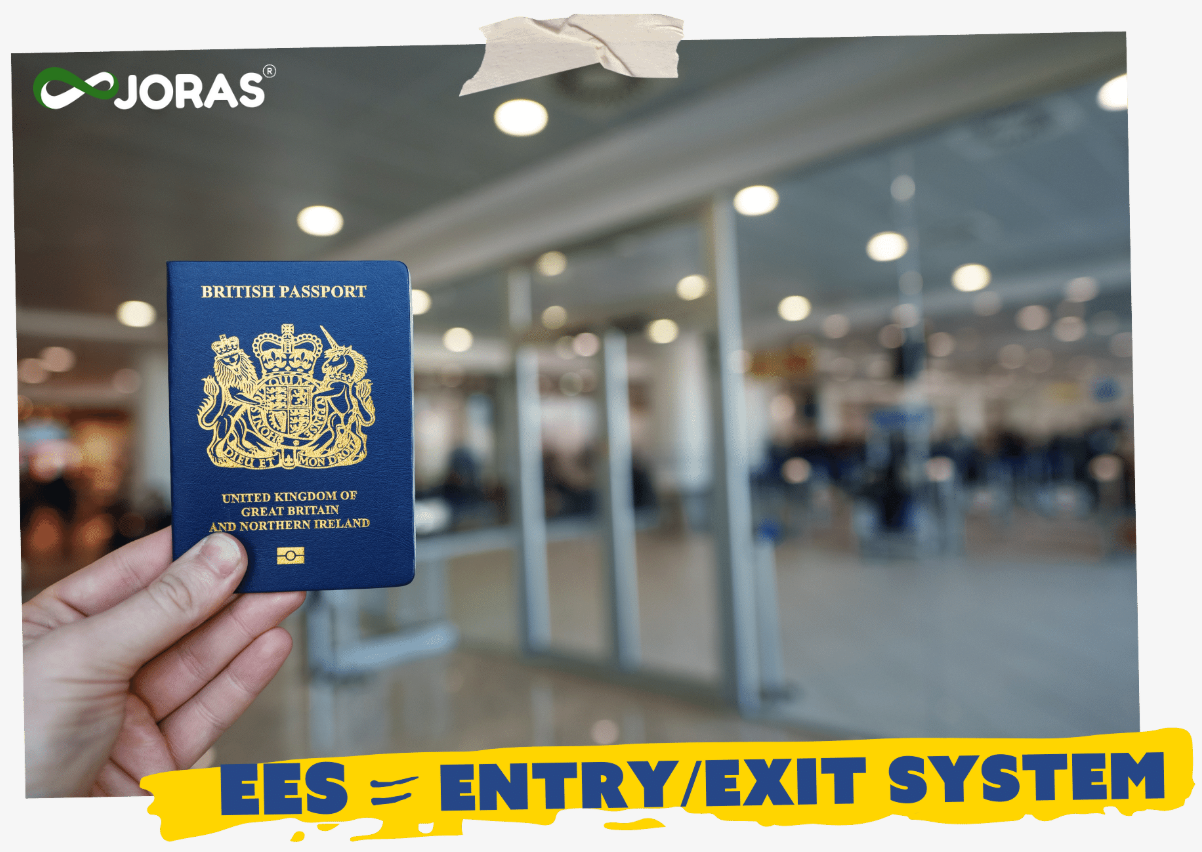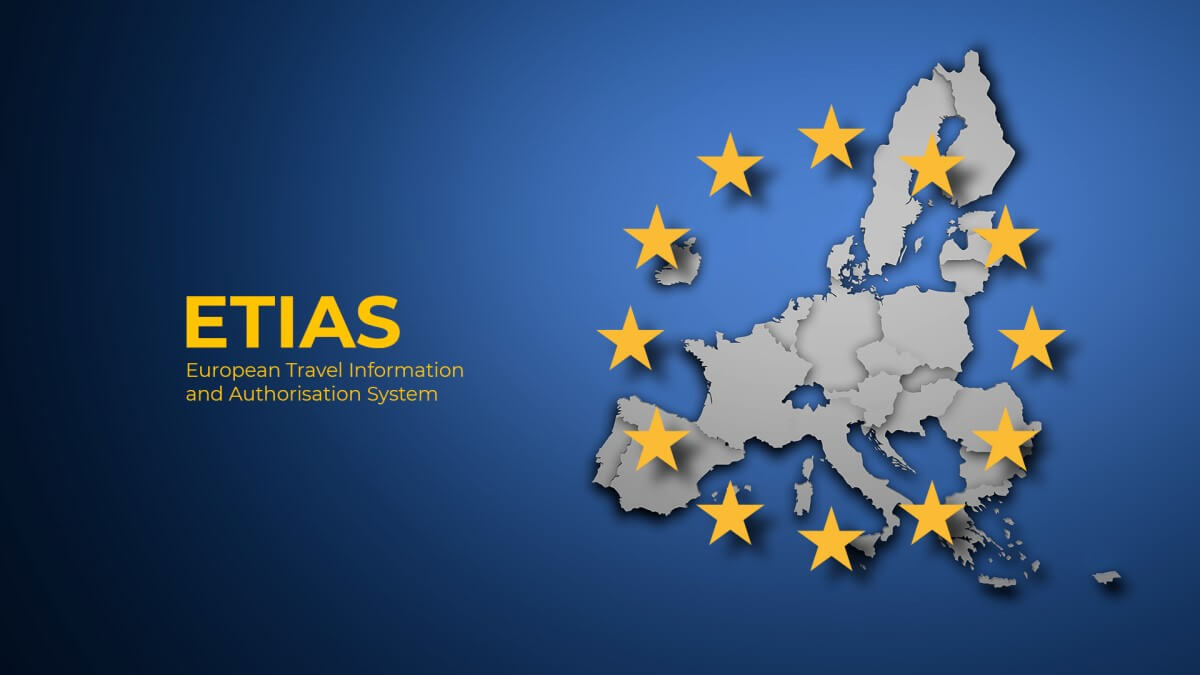Nowe zasady dla podróżnych spoza UE: co musisz wiedzieć o EES i ETIAS
As part of an effort to modernize border control and enhance security, the European Union has announced significant updates to the entry requirements for non-EU nationals, including British travelers. Starting in October 2025, a new Entry/Exit System (EES) will be implemented, followed by the European Travel Information and Authorizations System (ETIAS) in late 2026. These changes are poised to affect millions of travelers and are aimed at improving the efficiency and security of travel into the Schengen area.
What is the Entry/Exit System (EES)?

The Entry/Exit System (EES) is a digital border management system designed to streamline the entry and exit process for non-EU nationals. Here’s what travelers need to know:
- Biometric Registration: Upon entering the Schengen Zone, non-EU nationals—including Britons—will be required to register their biometric details, which include fingerprints and facial images.
- Short-Stay Definition: The EES will apply to short stays, defined as visits of up to 90 days within any 180-day period across the 29 Schengen countries that implement this system.
- Purpose: The primary objective of the EES is to modernize border management, simplify entry controls, and reduce the risk of identity fraud.
- Free of Cost: Travelers can take comfort in the fact that registration into the EES will be free, alleviating concerns regarding additional travel costs.
What is ETIAS – Travel Entry Authorization for Visa-Exempt Nationals
ETIAS, or the European Travel Information and Authorization System, is a fully electronic platform designed to manage and monitor the travel of visitors from countries that do not require a visa to enter the Schengen Zone. Similar to the United States Electronic System for Travel Authorization (ESTA), ETIAS serves the same fundamental purpose of ensuring security and streamlining the entry process.
It is important to note that while ETIAS applies to the Schengen Zone, there are EU countries that are not part of this area. Therefore, obtaining ETIAS authorization will not restrict your ability to enter these non-Schengen EU nations.
The legal groundwork for ETIAS was established in 2016, and the system is projected to be fully operational by April 2027.
ETIAS will conduct thorough security assessments for each applicant, determining their eligibility to enter any country within the Schengen Zone. While travelers from visa-exempt nations can enjoy short stays of up to 90 days in the EU without navigating a lengthy visa application process, the ETIAS will help ensure that these individuals do not pose a security risk.

This travel authorization system will collect, track, and update essential information about visitors, enabling the authorities to evaluate the safety of allowing them entry into Schengen countries.
ETIAS will cater to various purposes, including business, tourism, medical visits, and transit. Importantly, it will be mandatory for all travellers from Schengen visa-exempt countries.
Understanding the European Travel Information and Authorization System (ETIAS)
Complementing the EES is the European Travel Information and Authorization System (ETIAS), which will also come into effect towards the end of 2026. Here’s how ETIAS works:
- Travel Authorization Requirement: ETIAS is mandatory for non-EU nationals from visa-free countries travelling to the Schengen countries. Travelers must obtain this authorization before they embark on their trip.
- Cost: The application for ETIAS will cost €7 for individuals between the ages of 18 and 70. However, it will be free for those under 18 and for senior citizens over 70.
- Validity: Once granted, the ETIAS will be linked to the traveler's passport and will remain valid for up to three years, or until the passport expires, whichever comes first.
- Entry Conditions: While ETIAS is a prerequisite for boarding flights or trains to the Schengen area, it does not guarantee entry. Border control officers may still ask for additional documentation to verify the traveler meets the entry requirements.
Key Differences Between EES and ETIAS
While both the Entry/Exit System and European Travel Information and Authorization System aim to enhance security, they serve different purposes:
- EES: This system records both visa-required and visa-free travelers at the point of entry. Registration takes place at the border, and it's automatic—no prior action is needed from the traveler. The primary data collected includes facial images, fingerprints, and travel document details.
- ETIAS: Conversely, ETIAS is a pre-travel requirement that only applies to visa-free travelers. It requires filling out an online application with personal information, including travel history and background checks, before arriving in the Schengen area.
Conclusion
The implementation of the EES and ETIAS marks a significant change in the travel landscape for non-EU travelers. By modernizing how borders are managed, the EU aims to strengthen security while facilitating smoother entries into its member states. As we approach 2025 and 2026, it is crucial for travelers to remain informed about these changes to ensure a seamless travel experience. Keep these new requirements in mind when planning your next trip to Europe, so you can enjoy your adventure without any hindrance at the borders.